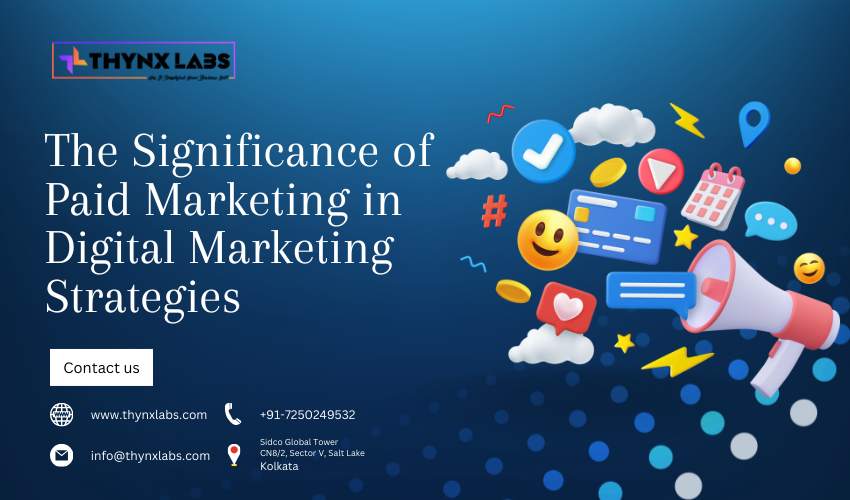Maximizing ROI in Digital Marketing
Maximizing ROI in Digital Marketing: How CRM Analytics Drive Results
Introduction:
In the dynamic world of digital marketing, businesses need to continually assess the effectiveness of their strategies and optimize their return on investment (ROI). Customer Relationship Management (CRM) analytics plays a vital role in this process, providing valuable insights into customer behavior, campaign performance, and overall marketing effectiveness. By harnessing the power of CRM analytics, businesses can make data-driven decisions, enhance customer segmentation, and optimize marketing efforts to maximize ROI. This article explores the importance of CRM analytics in driving results in digital marketing. It delves into the benefits of leveraging CRM analytics, explores key metrics and data points to track, and discusses strategies to optimize marketing campaigns and achieve a higher ROI.
I. Understanding CRM Analytics in Digital Marketing:
- Definition and Importance of CRM Analytics
- The Role of CRM Analytics in Marketing Strategy
- Key Components and Metrics of CRM Analytics
II. Leveraging CRM Analytics for Customer Insights:
- Customer Segmentation and Targeting
- Behavioral and Demographic Segmentation
- Identifying High-Value Customer Segments B. Analyzing Customer Lifetime Value (CLV)
- Predictive CLV Modeling
- Tailoring Marketing Strategies to Maximize CLV C. Uncovering Customer Purchase Patterns and Preferences
- Product Affinity and Cross-Selling Opportunities
- Personalized Recommendations and Upselling Strategies
III. Measuring Campaign Performance and Effectiveness:
- Tracking Key Performance Indicators (KPIs)
- Conversion Rates and Cost per Acquisition (CPA)
- Return on Ad Spend (ROAS) and Return on Investment (ROI) B. Analyzing Attribution Models
- Multi-Touch Attribution vs. Last-Touch Attribution
- Identifying Effective Channels and Campaigns C. Monitoring Customer Engagement and Interaction
- Click-Through Rates (CTR) and Open Rates
- Social Media Engagement and Virality Metrics
IV. Optimizing Marketing Strategies with CRM Analytics:
- Personalization and Targeted Messaging
- Tailoring Content and Offers to Customer Segments
- Dynamic Email Campaigns and Customized Landing Pages B. A/B Testing and Experimentation
- Testing Different Ad Copy and Creative Variations
- Optimizing Landing Page Design and Call-to-Action (CTA) C. Marketing Automation and Lead Nurturing
- Automated Drip Campaigns and Lead Scoring
- Triggered Emails and Personalized Follow-ups
V. Ensuring Data Quality and Privacy Compliance:
- Data Cleansing and Validation
- Eliminating Duplicate and Inaccurate Data
- Regular Data Updates and Maintenance B. Compliance with Data Privacy Regulations
- GDPR and CCPA Compliance
- Obtaining Consent and Protecting Customer Privacy
Conclusion:
CRM analytics is a powerful tool that empowers businesses to maximize their ROI in digital marketing. By leveraging customer insights derived from CRM analytics, businesses can enhance customer segmentation, tailor marketing strategies, and drive personalized engagement. Tracking key performance indicators and campaign metrics helps businesses measure the effectiveness of their marketing efforts and optimize campaigns accordingly. Optimization strategies such as personalization, A/B testing, and marketing automation further contribute to achieving higher ROI. It is crucial for businesses to prioritize data quality and comply with data privacy regulations to ensure the accuracy and security of customer information. By harnessing the power of CRM analytics and making data-driven decisions


